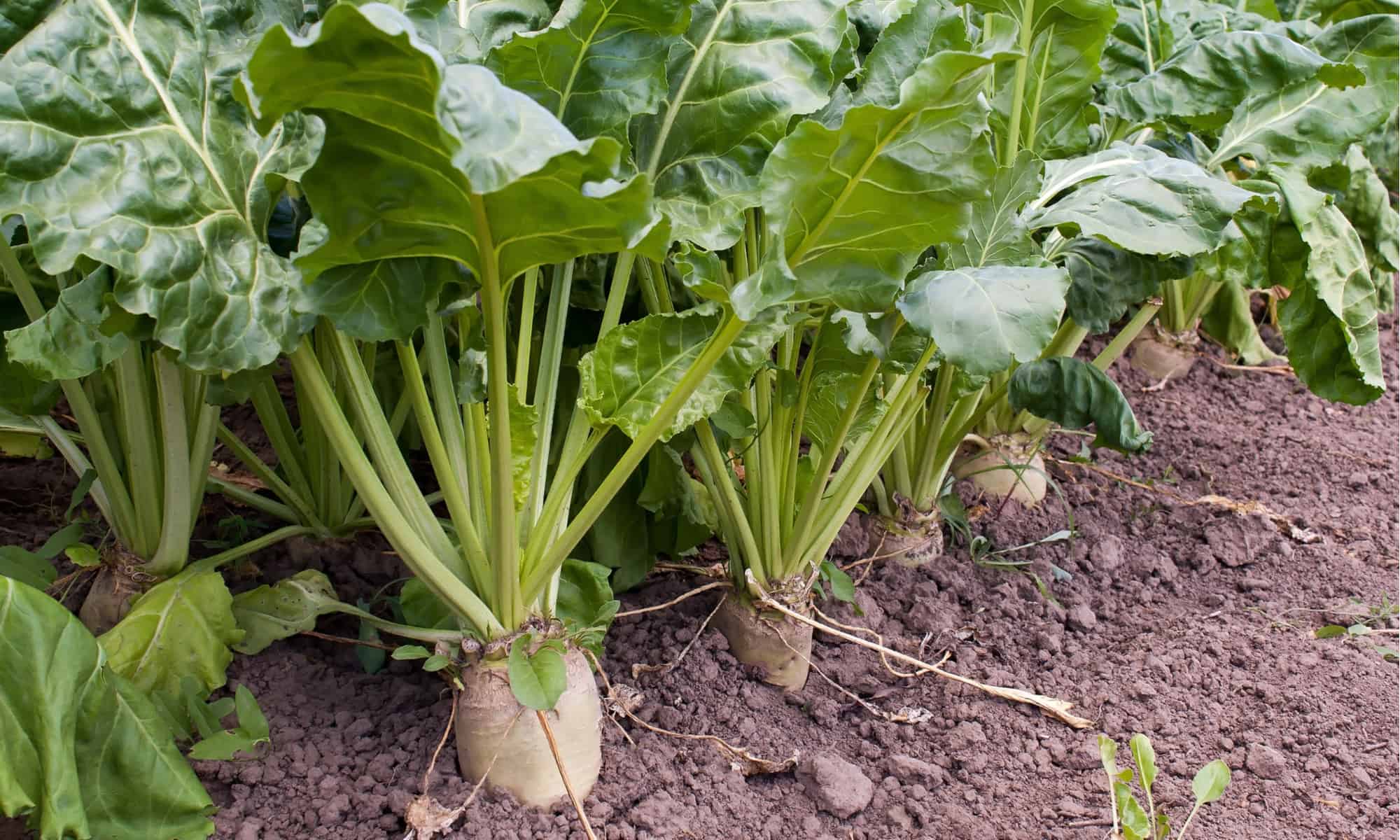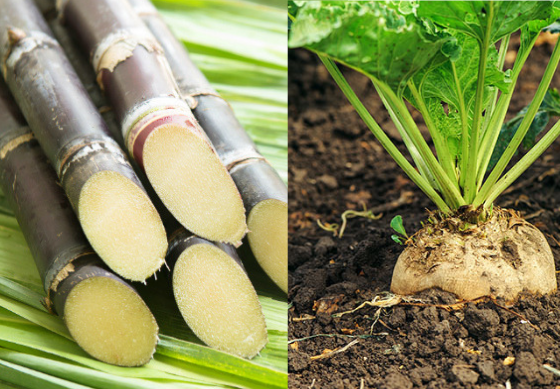Examining beet sugar vs cane sugar reveals distinctions in price differences and distribution.
Discover the Uses and Perks of Beet Sugar Vs Cane Sugar in Your Daily Diet
Checking out the distinct high qualities of beet and cane sugar discloses greater than simply their sweetening capabilities; it highlights their one-of-a-kind influence on wellness and cookeries. Beet sugar, understood for its refined flavor, is commonly preferred in delicate treats, whereas cane sugar, with its tip of molasses, adds splendor to durable dishes. Each kind holds its very own nutritional profile and glycemic effects, inviting a deeper understanding of their duties in a balanced diet and lasting usage methods.
Origin and Manufacturing Procedures of Beet and Cane Sugar

The unique environments and soil types needed for expanding sugar beetroots and sugarcane add to differences in their growing techniques and geographical circulation, influencing the economics and sustainability of their production. beet sugar vs cane sugar.
Nutritional Contrast In Between Beet Sugar and Cane Sugar
Regardless of originating from different plants, beet sugar and cane sugar are nutritionally very similar, both mostly containing sucrose. Each provides about 4 calories per gram, translating to roughly 16 calories per teaspoon. Structurally, both sugars are composed of roughly 99.95% sucrose, with very little amounts of other compounds like wetness and trace element, which do not dramatically modify their dietary accounts.

Eventually, when picking in between beet sugar and cane sugar based upon dietary web content alone, both deal the same advantages and downsides as they are basically types of the exact same particle-- sucrose, supplying fast power without other nutrients.
Influence on Wellness: Glycemic Index and Caloric Material
Exploring further right into the impacts of beet sugar and cane sugar on health and wellness, it is essential to consider their glycemic index and caloric web content. Both sugars are categorized as sucrose, which contains sugar and fructose. This structure leads them to have a comparable influence on blood sugar degrees. The glycemic index (GI) of both beet and cane sugar is around 65, categorizing them as high-GI foods, which can cause fast spikes in blood glucose degrees. This is a critical facet for individuals managing diabetes mellitus or those trying to stabilize their power levels see here now throughout the day.
Each kind of sugar consists of around 4 calories per gram, making their caloric web content matching. For those keeping an eye on caloric consumption, particularly when managing weight or metabolic health and wellness problems, comprehending this equivalence is essential (beet sugar vs cane sugar). Extreme usage of any high-calorie, high-GI food can add to wellness issues such as weight problems, heart condition, and insulin resistance.
Environmental and Economic Considerations of Sugar Manufacturing
Beyond wellness influences, the manufacturing of beet and cane sugar additionally elevates substantial ecological and economic worries. Sugar beet growing has a tendency to need cooler climates and has a lower geographical footprint contrasted to sugar cane, which grows in exotic regions.
Furthermore, making use internet of chemicals and plant foods in both beet and cane sugar farming can cause soil degradation and pollution, further influencing biodiversity and neighborhood water bodies (beet sugar vs cane sugar). The option in between growing sugar beet or cane usually pivots on regional environmental conditions and investigate this site economic factors, making the sustainability of sugar manufacturing a complicated problem
Culinary Applications and Flavor Distinctions
While the ecological and economic facets of sugar manufacturing are certainly considerable, the choice in between beet and cane sugar likewise influences cooking applications and flavor accounts. Beet sugar, stemmed from the sugar beet plant, is known for its extremely neutral preference. This makes it a flexible ingredient in cooking, where it does not alter the taste of other components. It liquifies quickly and is ideal for usage in cakes, cookies, and breads.
Cane sugar, extracted from sugarcane, commonly preserves molasses traces, which present a distinctive richness and depth. The slight variation in moisture web content between beet and cane sugar can affect the texture and consistency of dishes, making cane sugar a preferred choice for particular recipes that benefit from its unique properties.

Conclusion
In conclusion, both beet and cane sugar have distinctive beginnings and manufacturing processes, offering comparable dietary profiles with slight distinctions in salt material and flavor. While their effect on wellness, specifically relating to glycemic index and calories, is similar, the choice in between them usually comes down to environmental, financial aspects, and certain culinary demands. Recognizing these elements can guide customers in making notified choices that line up with their health and wellness objectives and taste preferences.